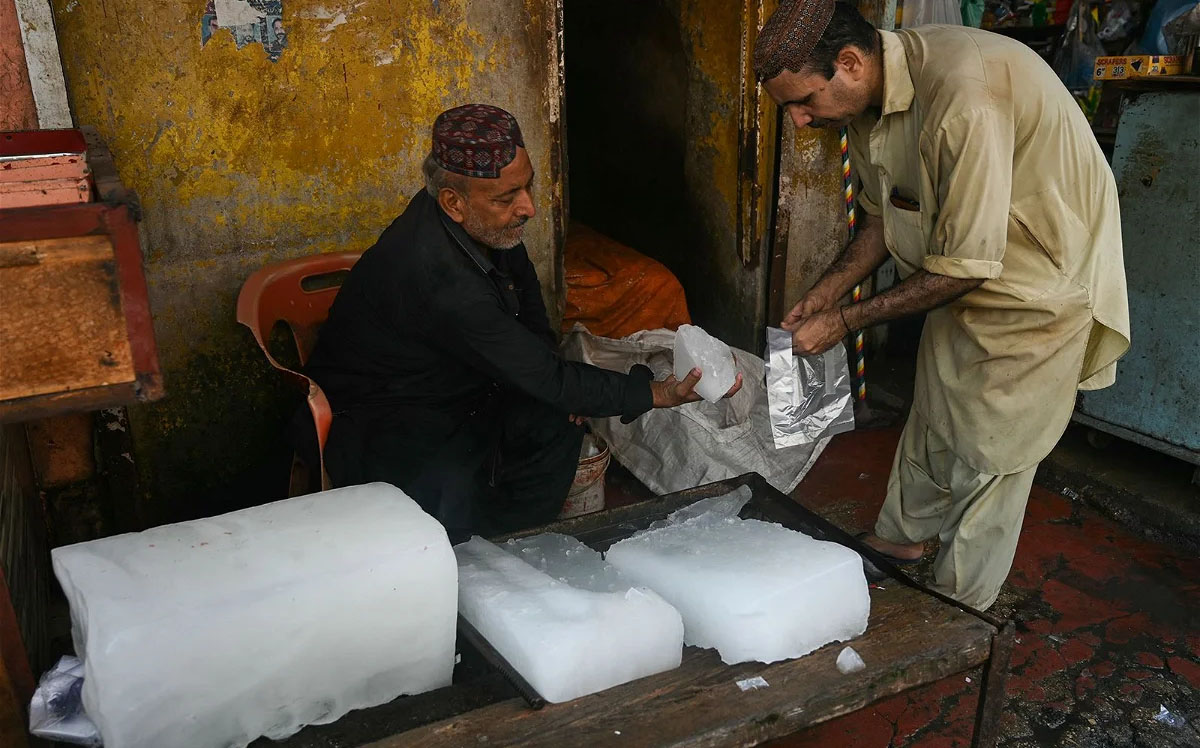
Photo Credit: AFP
Pakistan's southern province of Sindh has recorded temperatures risen above 52 degrees Celsius (125.6 degrees Fahrenheit), the highest reading of the summer and close to the country’s record high amid an ongoing heat wave.
Extreme temperatures throughout Asia over the past month were made worse most likely as a result of human-driven climate change, a team of international scientists have said.
In Mohenjo Daro, a town in Sindh known for archaeological sites that date back to the Indus Valley Civilization built in 2500 BC, temperatures rose as high as 52.2 C (126 F) over the last 24 hours, a senior official of the Pakistan Meteorological Department, Shahid Abbas told Reuters.
The reading is the highest of the summer so far, and approached the town’s and country’s record highs of 53.5 C (128.3 F) and 54 C (129.2 F) respectively.
Mohenjo Daro is a small town that experiences extremely hot summers and mild winters, and low rainfall, but its limited markets, including bakeries, tea shops, mechanics, electronic repair shops, and fruit and vegetable sellers, are usually bustling with customers.
But with the current heat wave, shops are seeing almost no footfall.
The highest temperature recorded in Pakistan was in 2017 when temperatures rose to 54 C (129.2 F) in the city of Turbat, located in the Southwestern province of Balochistan. This was the second hottest in Asia and fourth highest in the world, said Sardar Sarfaraz, Chief Meteorologist at the Pakistan Meteorological Department
The heat wave will subside in Mohenjo Daro and surrounding areas, but another spell is expected to hit other areas in Sindh, including the capital, Karachi — Pakistan’s largest city.
Lewis Musonye
















